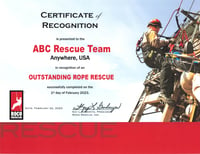 It’s all over the safety news right now – heat stress is finally getting the recognition it deserves for the millions of employees who have to work out in the heat every day. As the heat wave continues, we’ve got to do a better job of taking care of our personnel and watching out for any signs or symptoms of heat distress.
It’s all over the safety news right now – heat stress is finally getting the recognition it deserves for the millions of employees who have to work out in the heat every day. As the heat wave continues, we’ve got to do a better job of taking care of our personnel and watching out for any signs or symptoms of heat distress.
The July/August 2023 issue of ISHN featured an article written by our own Chris McGlynn and Chris Warrick that explores what we can do to combat this dangerous hazard. Click HERE to read the original article.

 The misguided notion that seeking help is a sign of weakness or an inability to handle the job perpetuates the stigma surrounding mental health in emergency response professions. Consequently, many workers suffer from mental health issues silently, unable to admit they need assistance. This hesitancy to seek help leads to coping with unhealthy habits, placing them at high risk for developing alcohol and substance abuse issues. The reluctance to seek help, combined with these risk factors, can lead to severe and sometimes fatal outcomes.
The misguided notion that seeking help is a sign of weakness or an inability to handle the job perpetuates the stigma surrounding mental health in emergency response professions. Consequently, many workers suffer from mental health issues silently, unable to admit they need assistance. This hesitancy to seek help leads to coping with unhealthy habits, placing them at high risk for developing alcohol and substance abuse issues. The reluctance to seek help, combined with these risk factors, can lead to severe and sometimes fatal outcomes.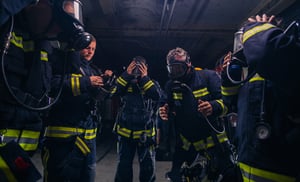 As emergency responders, we are an integral part of ensuring the safety and health of those in our workplace and communities. While performing this job requires incredible amounts of dedication, courage, and resilience, we must also remember that we are not invincible. By advocating for the normalization of seeking help, we can better support the emotional well-being of rescue professionals and enable them to perform at their best while facing the challenges of their noble profession.
As emergency responders, we are an integral part of ensuring the safety and health of those in our workplace and communities. While performing this job requires incredible amounts of dedication, courage, and resilience, we must also remember that we are not invincible. By advocating for the normalization of seeking help, we can better support the emotional well-being of rescue professionals and enable them to perform at their best while facing the challenges of their noble profession.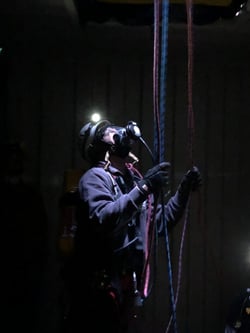
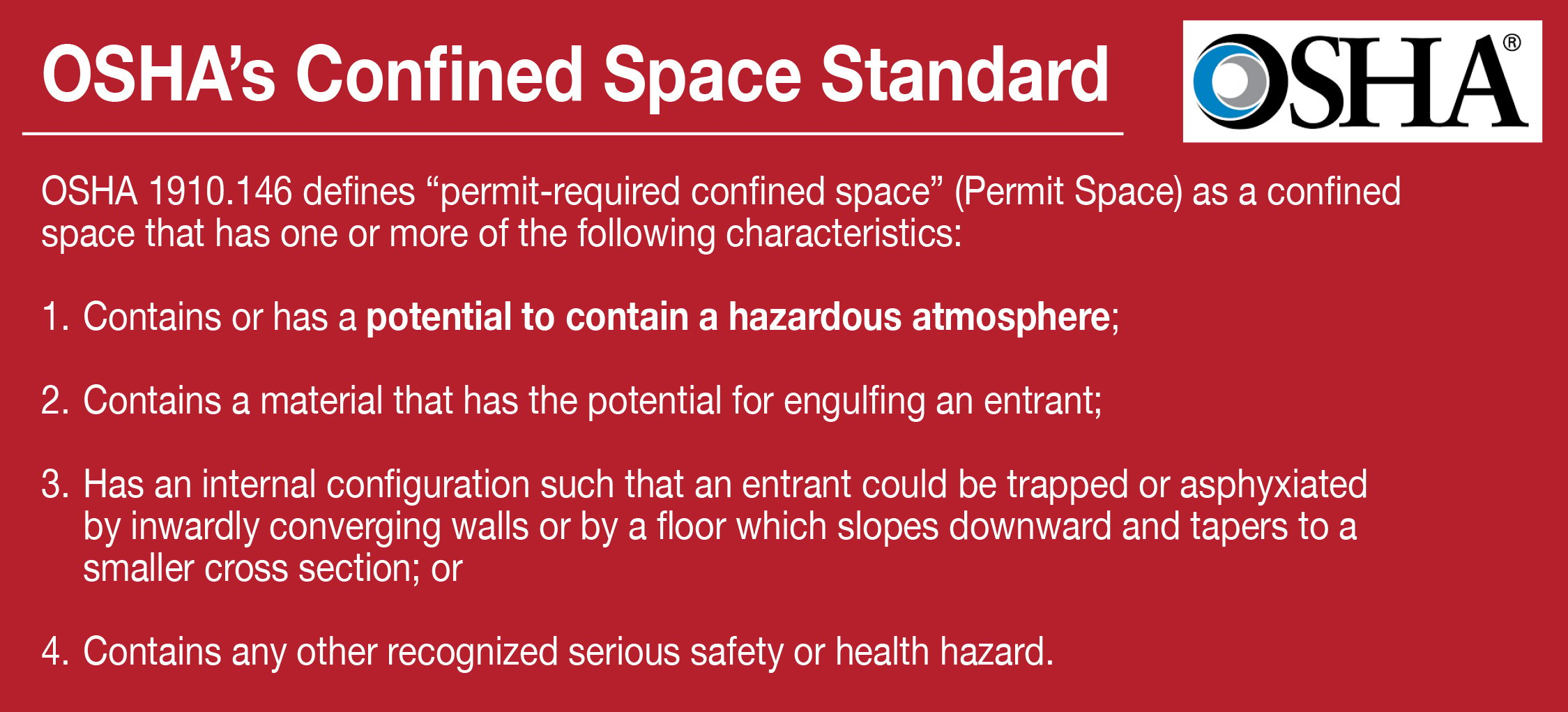
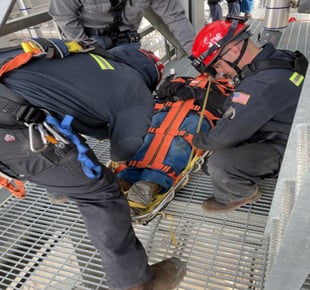
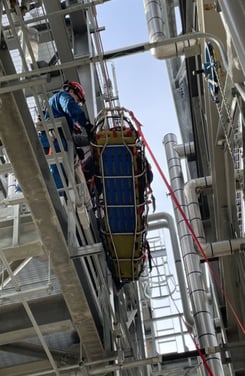 The rigging team accessed the deck above to set up a mainline and belay system. The anchor location provided a ready-made high point to assist with loading the patient over the edge. The rescue involved deploying the tried-and-true CMC MPD descent control device paired with an anchored Petzl ASAP, utilizing the rescue-rated Petzl Asap’Sorber Axess deceleration device. Tag lines were added, and the experienced rescue team lowered the patient to the ground where he was driven off-site for medical follow-up.
The rigging team accessed the deck above to set up a mainline and belay system. The anchor location provided a ready-made high point to assist with loading the patient over the edge. The rescue involved deploying the tried-and-true CMC MPD descent control device paired with an anchored Petzl ASAP, utilizing the rescue-rated Petzl Asap’Sorber Axess deceleration device. Tag lines were added, and the experienced rescue team lowered the patient to the ground where he was driven off-site for medical follow-up.